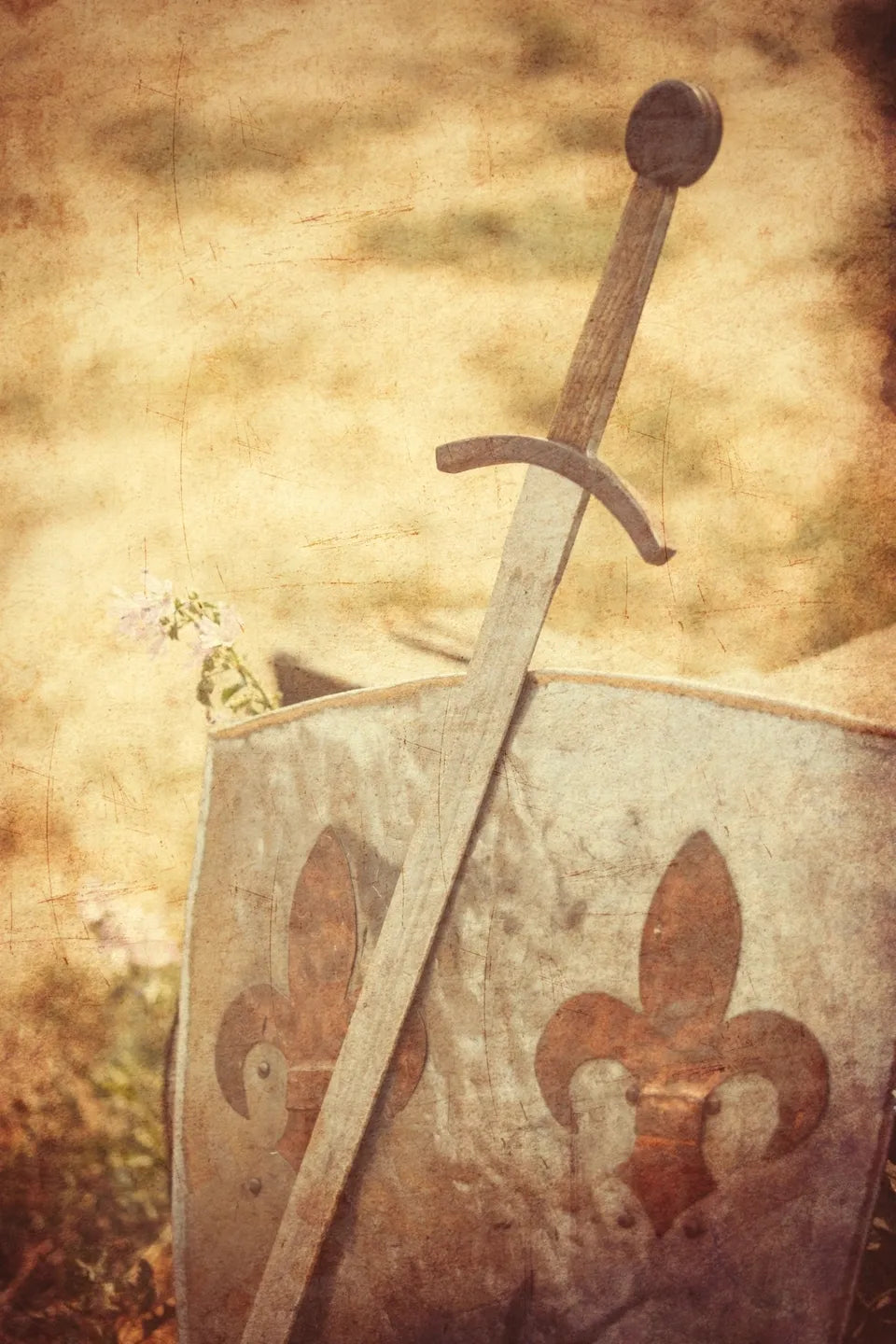Until 1580, Lake Cahuilla was a prehistoric lake in the Coachella and Imperial Valleys California and northern Mexico, during the Holocene. Archaeological research shows the ancestors of the Agua Caliente Band of Cahuilla Indians inhabited Tahquitz Canyon for at least 5,000 years, mirroring the migration stories of the Cahuilla people in what is today the Anza Valley.
In 1772, Juan Bautista de Anza proposed a spanish expedition to Alta California to the Viceroy of New Spain; later approved by the King of Spain on January 8, 1774. Anza heard of a California Native American called Sebastian Tarabal who had fled from Mission San Gabriel to Sonora, and took him as guide.
The Spanish expedition in search of an overland route made its way from Tubac Presidio (south of present-day Tucson, Arizona), along the Rio Altar (Sonora y Sinaloa, New Spain), then paralleled the modern Mexico/California border, crossing the Colorado River at its confluence with the Gila River, through the Anza Valley on March 16, 1774, to Monterey, California (Alta California's capital), on April 19, 1774. He returned to Tubac by late May, 1774.
Cahuilla first encountered Europeans when Explorer Juan Bautista de Anza first passed through the valley in 1774, and again on December 27, 1775 when he lead a group of colonists to Alta California, as lieutenant-colonel. De Anza originally named the valley "San Carlos"; it was renamed in his honor from Cahuilla Valley to Anza Valley on September 16, 1926. Anza and several other mountain communities (including Garner Valley, Idyllwild, Pinyon Pines and Aguanga) are collectively referred to as "the Hill." Today this route is marked as the Juan Bautista de Anza National Historic Trail.

